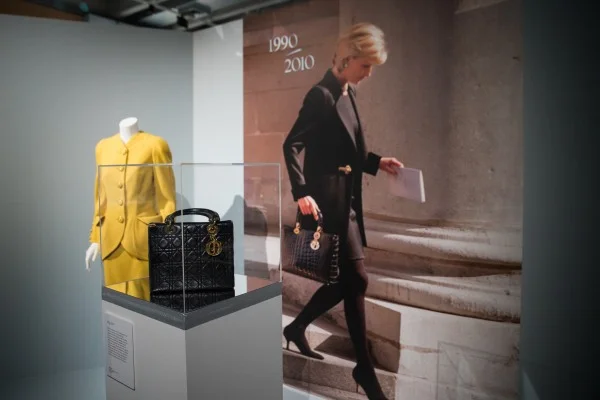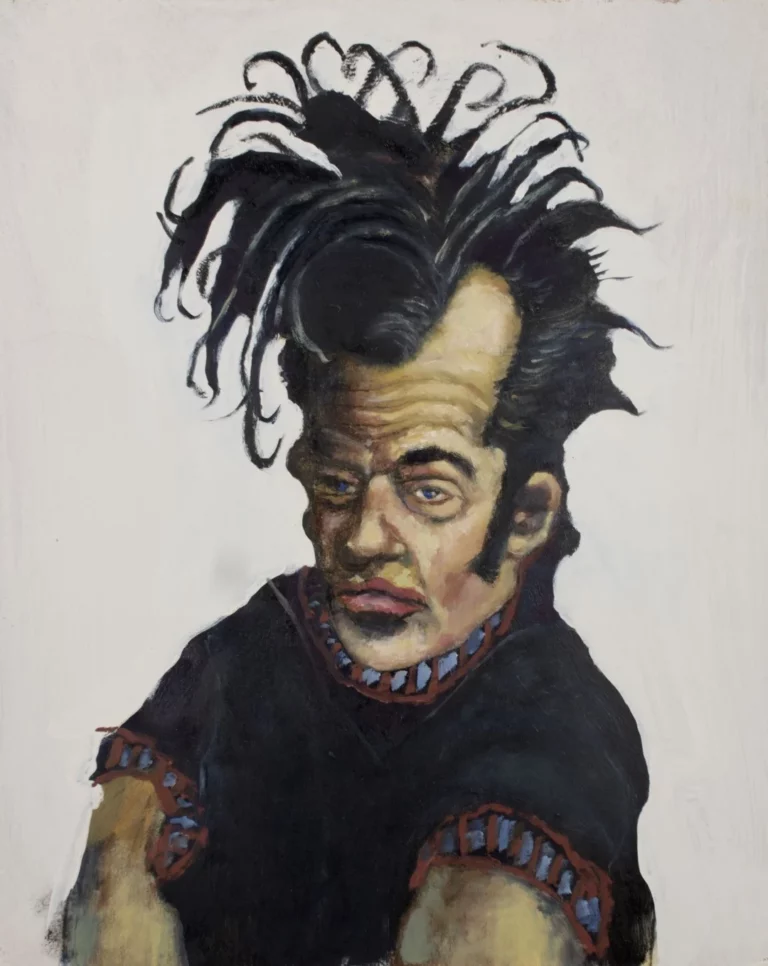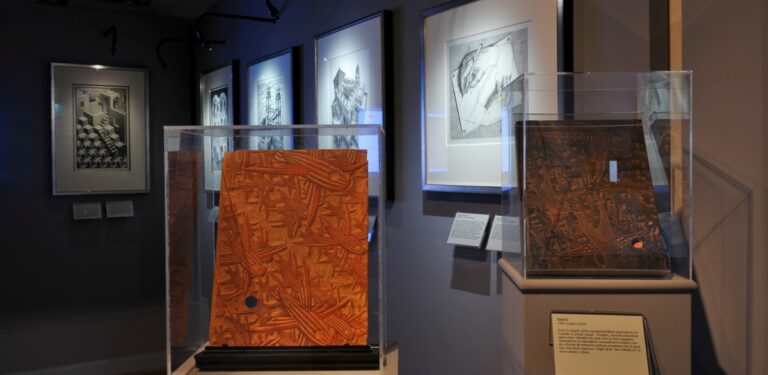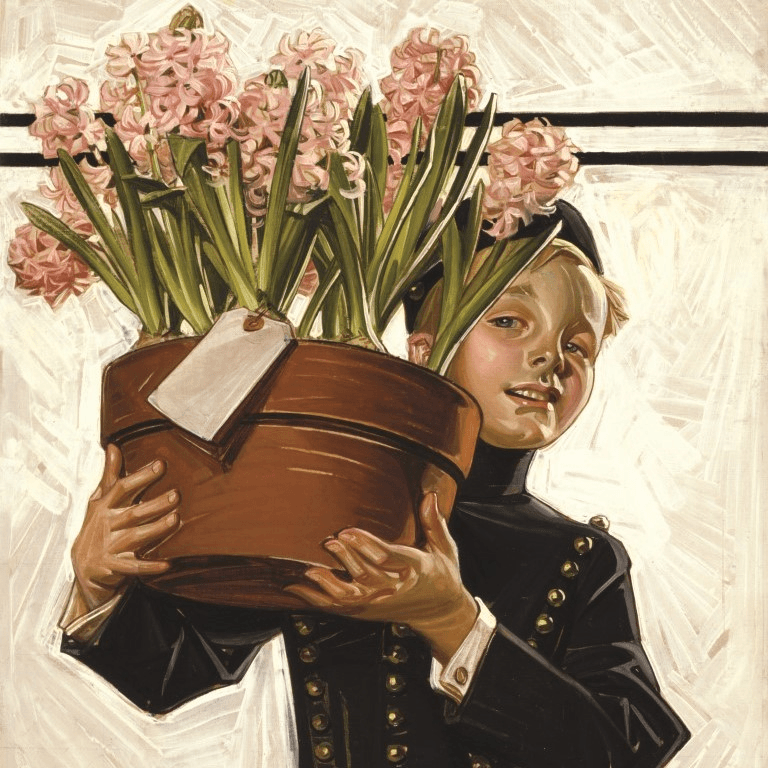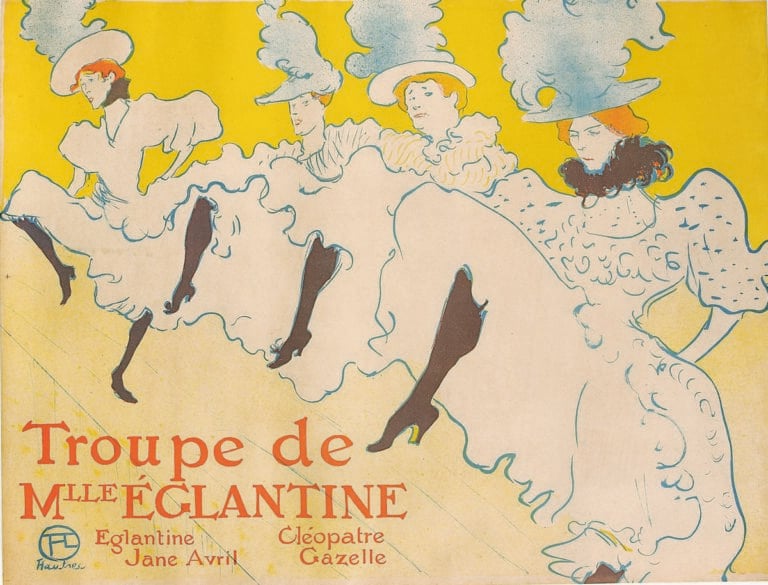Théophile Alexandre Steinlen
Théophile Alexandre Steinlen (November 10, 1859 – December 13, 1923), was a Swiss-born French Art Nouveau painter and printmaker.
He began his artistic career as a designer of printed fabrics. In 1881, he moved to Paris, settling in Montmartre, and began to frequent the literary cabaret known as Le Chat Noir. It was there Steinlen met and befriended writers, such as Paul Verlaine, and artists Jean-Louis Forain, Henri de Toulouse-Lautrec, Louis Anquetin, Henry Somm, Adolphe Willette, Félix Vallotton, and Caran d’Ache, among others. The artists of Le Chat Noir established something of a private club or society of aesthetes. Steinlen was soon contributing illustrations to the associated journal Le Chat Noir, and this success led him to become one of the foremost illustrators in Paris at the turn of the century.
Following the 1881 lifting of censorship in France and the passing of the Law on the Freedom of the Press, the production of politically focused artistic and literary ephemera flourished. From journals, periodicals, and newspapers to party invitations and public posters, the visual and literary arts quickly flooded the city with social discourse. This suited artists like Steinlen perfectly. Though he created a number of paintings in his lifetime, it does not compare to the endless volume of politically focused ephemera he devoted his career to making. Steinlen was a socialist and a relentless supporter of working-class rights. Upon his move to Montmartre, the artist quickly engaged with the leftist community in France. He regularly contributed to the art-criticism periodical Gil Blas, the leftist satire journal Le Rire, the Marxist periodical Le Chambard Socialiste, and the anarchist paper La Feuille, as well as other publications and novels, often without compensation.
Like his contemporaries Toulouse-Lautrec and Alphonse Mucha, he was also active as a designer of theatrical and cabaret posters; an important means of disseminating his work, and one that greatly added to his popularity. A friend and collaborator of the songwriter Aristide Bruant, Steinlen provided illustrations for sheet music covers, and also illustrated a number of books, including Guy de Maupassant’s Le Vagabond and Anatole France’s L’Affaire Crainquebille.
As a draughtsman, Steinlen employed a wide variety of media, including black, blue, and colored chalks, ink, pencil, watercolor, and charcoal. His fondness for animals, and, in particular, cats, was noted even as early as his schooldays, when he drew sketches of cats in the margins of his notebooks. Cats seem to have appealed to Steinlen for their charm, movement, and character, as well as for their symbolic properties.
Between 1883 and 1920, he produced hundreds of illustrations, a number of which were done under a pseudonym so as to avoid political problems because of their harsh criticisms of social ills. His art influenced the work of other artists, including Pablo Picasso.
Théophile Steinlen died in 1923 in Paris and was buried in the Cimetière Saint-Vincent in Montmartre.
